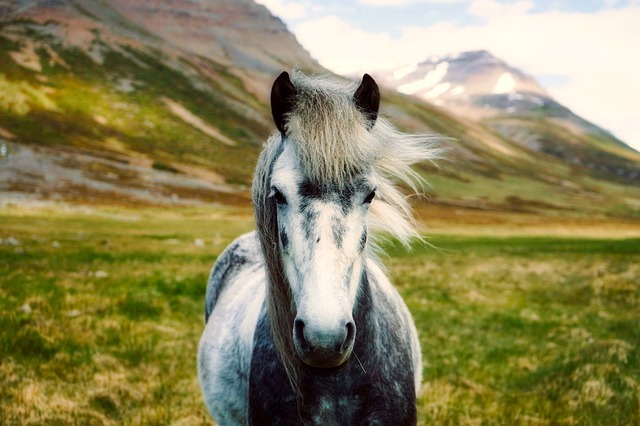Island veranstaltet eine Trauerfeier für einen 700 Jahre alten Gletscher. SPON am 19. August 2019:
Gedenktafel und Trauerfeier Island erklärt Gletscher offiziell für „tot“
Ein Opfer der Erderwärmung: Der Gletscher Okjökull ist nicht mehr, auf Island wurde seiner mit einer Feier und einer Gedenkplakette gedacht. In rund 130 Jahren hatte er 35 Meter an Eisdicke verloren.
Auf Island ist offiziell der erste Gletscher für „tot“ erklärt worden. Der 700 Jahre alte Okjökull gilt formell nicht mehr als solcher, weil er mit nur noch 15 Metern Eisdicke zu leicht geworden ist, um sich vorwärtszuschieben.
Weiterlesen auf SPON
Moment mal, 700 Jahre? Also ist der Gletscher erst am Ende der Mittelalterlichen Wärmeperiode entstanden, als es merklich kälter wurde in Europa und anderswo? Die bittere Wahrheit: Der nun verlorengegangene Okjökull ist ein Sprössling der Kleinen Eiszeit, war nie in der Lage, auch wärmere Episoden zu überstehen. Kein Wunder, dass er nun nicht mehr als Gletscher gelten darf. Die meisten Journalisten haben offenbar im Klimageschichtsunterricht nicht richtig aufgepasst. Setzen, sechs. Empfohlene Leselektüre ist z.B. Larsen et al. 2012, die den ständigen Wechsel zwischen Gletscherschrumpfen und – wachsen eindrucksvoll in Island dokumentiert haben:
Non-linear Holocene climate evolution in the North Atlantic: a high-resolution, multi-proxy record of glacier activity and environmental change from Hvítárvatn, central Iceland
Iceland is well situated to monitor North Atlantic Holocene climate variability. Terrestrial sites there offer the potential for well-dated, high-resolution, continuous records of environmental change and/or glacier activity. Laminated sediments from the proglacial lake Hvítárvatn provide a continuous record of environmental change and the development of the adjacent Langjökull ice cap for the past 10.2 ka. Replicate lake sediment cores, collected from multiple locations in the basin, are placed in a secure geochronology by splicing a varve chronology for the past 3 ka with a tephra-constrained, paleomagnetic secular variation derived chronology for older sediments. Multiple proxies, including sedimentation rate, bulk density, ice-rafted debris, sediment organic matter, biogenic silica, and diatom abundance, allow annual to multi-decadal resolution and reveal a dynamic Holocene terrestrial climate. Following regional deglaciation of the main Iceland Ice Sheet, summer temperatures were high enough that mountain ice caps had already melted, or were contributing insignificant sediment to the lake. Pronounced increases in sedimentation rate, sediment density, and the influx of terrestrial organic matter, between 8.7 and 7.9 ka suggest early Holocene warmth was interrupted by two distinct pulses of cold summers leading to widespread landscape destabilization and possibly glacier growth. The Holocene thermal maximum (HTM; 7.9 to 5.5 ka) was characterized by high within-lake productivity and ice-free conditions in the watershed. Neoglaciation is recorded as a non-linear transition toward cooler summers, landscape destabilization, and the inception and expansion of Langjökull beginning ca 5.5 ka, with notable increases in ice cap size and landscape instability at 4.2 and 3.0 ka. The past two millennia are characterized by the abrupt onset of sustained cold periods at ca 550 and 1250 AD, separated by an interval of relative warmth from ca 950 to 1150 AD. The greatest Holocene extent of Langjökull occurred in the nineteenth century and is coincident with peak landscape instability, followed by ice recession throughout the twentieth century.
Für weitere Literatur zur Mittelalterlichen Wärmeperiode in Island klicken Sie auf die MWP-Projektkarte und wählen die Punkte auf Island aus.
